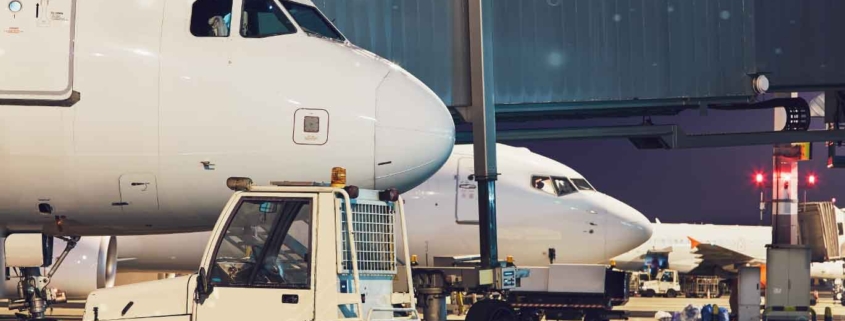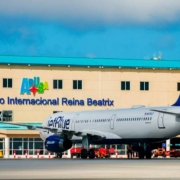Resilient ports
Nowadays, airport planning must be viewed as an ecosystem in permanent transformation, which does not work in isolation but is an integral part of its immediate environment. As well as other sectors that directly influence its daily development such as tourism, foreign trade, defense, territorial integration, and social connectivity, but above all, its planning must be aligned with the objectives and policies of the State.
Evaluating the above, the planning of the air system should be focused not only on aircraft, infrastructure, and services but also on sustainability (social, environmental, and economic) and should not lose its articulation with the urban planning where they are located.
The current situation must be taken into account in airport planning, while analyzing the past and how things were done to foresee the future and improve processes, building different scenarios, considering all possible variables, and dimensioning their influence.
The truth is that we are in constant evolution, and situations change overnight, but today, keeping airport development at the forefront of technology is vital to lay the foundations. This allows a sector in constant development to grow and meet the demand of travelers for more efficient services and transform their travel experience.
Airport development management has a responsibility to take advantage of the buildings, facilities, and infrastructure available to them and evaluate their full capacity to adapt and create resilient infrastructures that promote the sustainability of the industry, but above all foster innovation.
Using technological platforms makes it possible to optimize resources without the need for large investments in infrastructure. Additionally, they facilitate the daily work of airport employees, while benefiting travelers who obtain high-quality services with state-of-the-art technology that offers them: greater data security, more efficient waiting times, and, obviously, greater convenience when using systems such as self-check-in. Also, biometric systems for passenger control or zero-contact technologies have become so popular in recent times.
Undoubtedly, the airport sector has had a rapid capacity to adapt and has weathered one of the worst crises in history, but if anything is clear, it is that airport planning must be very resilient and mutate step by step, to adapt to the needs. Above all, they must be open to learning, take advantage of every innovative technology that facilitates data collection and analysis, and be very dynamic in decision-making, which will allow them to cushion the impact of any situation that may arise.










Leave a Reply
Want to join the discussion?Feel free to contribute!